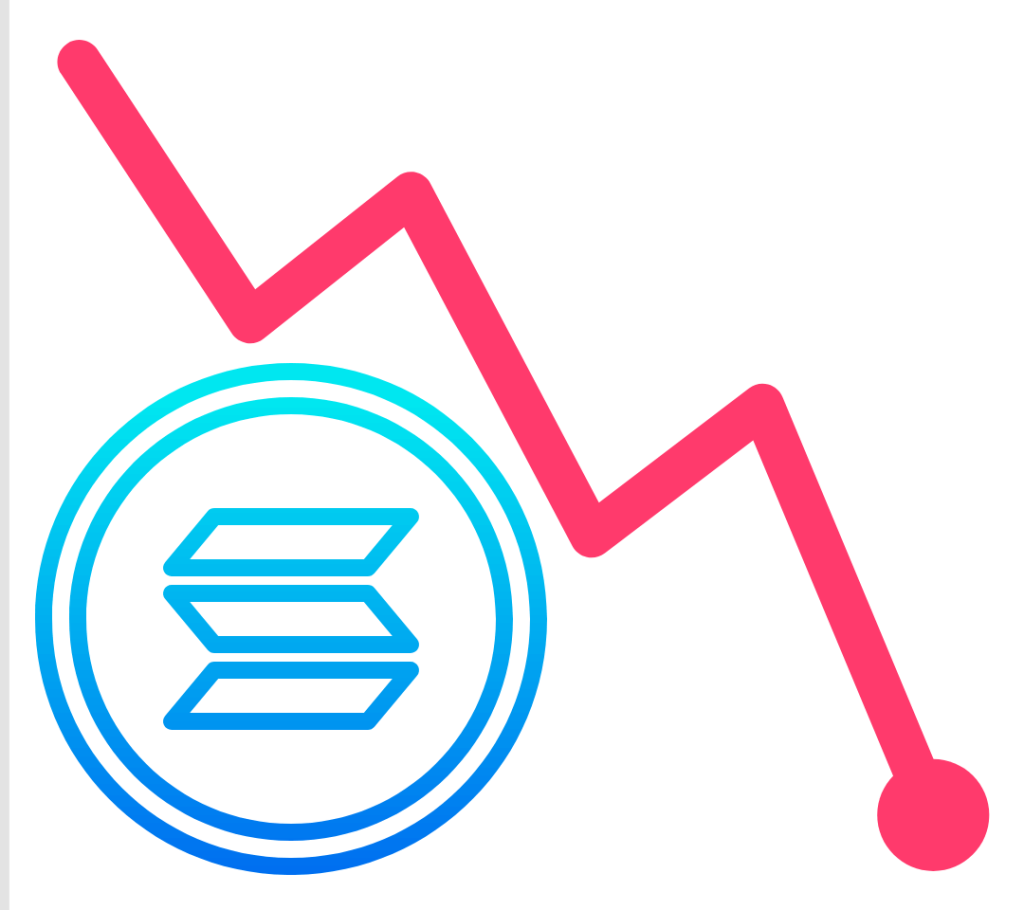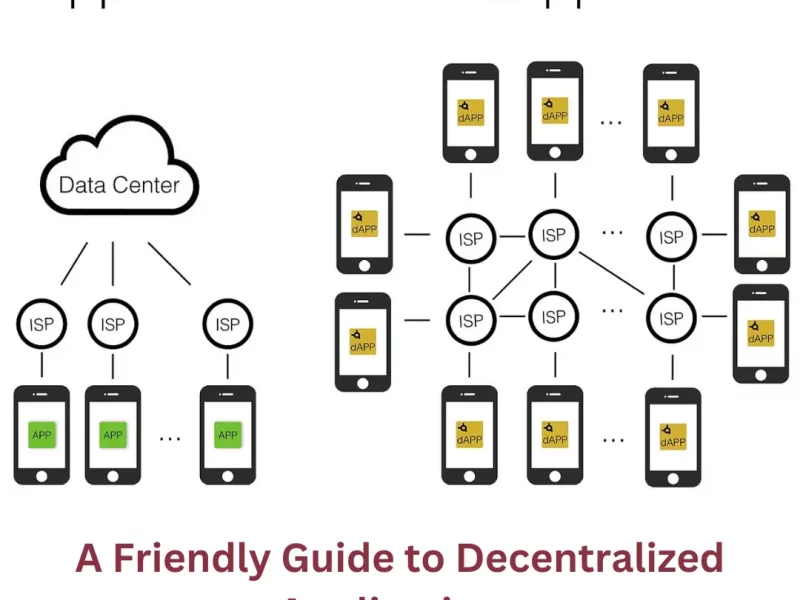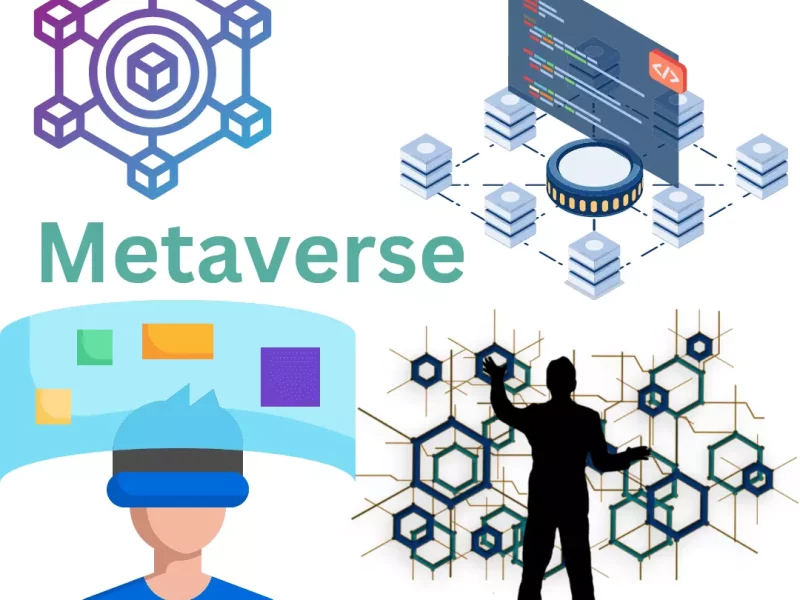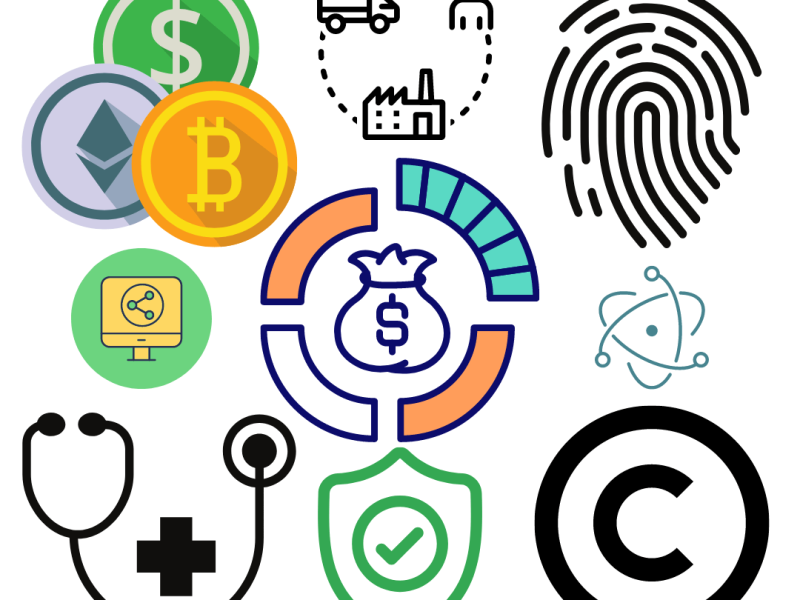A high-performance blockchain platform called Solana seeks to offer scalability, speed, and inexpensive transactions. Solana has seen a lot of interest and adoption in the blockchain industry since its debut in 2017. But like any technology, Solana has encountered its share of difficulties and problems. We’ll examine some of the most significant crises that Solana has encountered in this piece.
Network Launch Initial
Despite Solana’s 2017 launch, its mainnet did not go online until March 2020. Technical issues plagued the original network launch, which led to a number of delays and setbacks. The network’s inability to cope with the high transaction volume, which led to the network stalling or freezing, was one of the major problems.
These problems required the Solana team to redesign the network and put new consensus processes in place.
Problems with Centralization
The decentralization of blockchain technology, which means that no one organization or group has authority over the network, is one of its key selling points. But Solana came under fire for being overly concentrated, with a select few validators in charge of the network. The Solana crew responded to this worry by putting in place a more decentralized network with more validators.
The summer 2021 Solana Outage
Solana suffered its worst crisis to date in September 2021 when the network went down for 17 hours, preventing users from processing transactions. The network was overloaded and brought to a standstill by a significant increase in transaction traffic, which is what caused the outage. It took the Solana team several hours to physically fix the problem, which required intervention. This incident prompted questions about the platform’s capacity for handling large volumes of transactions and scalability.
Fraudulent Solana Contest
When a fraud attack targeted the platform’s hackathon in October 2021, Solana was forced to deal with another disaster. The scam involved a hackathon-winning project that was found to have copied code from another project. The event revealed the need for improved oversight and vetting procedures and cast doubt on the platform’s hackathon’s security and integrity.
Network Upgrades Recently
In defiance of difficulties and crises, Solana has kept moving forward and expanding its network. The platform released Solana 1.8, a significant network update in November 2021, which brought about a number of enhancements to the network’s security, scalability, and stability. A new consensus mechanism called Wormhole, which seeks to improve cross-chain interoperability, was also implemented as part of the upgrade.
How to stake Solana and its Advantages
The act of staking entails keeping and locking up a cryptocurrency in a blockchain network in order to support network activities and receive rewards. Staking is a tool that Solana provides to encourage users to help with the decentralization and security of the network. In this piece, we’ll examine the advantages of staking Solana and how it functions.
The process of staking Solana
Holding SOL coins and securing them in a validator’s node constitute the simple process of staking solana. Verifying transactions and preserving the network’s security are the responsibilities of validators. Users who stake SOL receive rewards for their contributions to the network’s activities and can assign their tokens to validators.
Users must have a Solana wallet and SOL coins in order to stake Solana. They can use the striking feature of their wallet to assign their SOL coins to a validator. The tokens are sealed up for a predetermined amount of time after delegation, typically a few weeks or months. Users can gain benefits during this time in the form of extra SOL tokens, which are distributed in accordance with the quantity of SOL staked and the success of the validator.
Reasons to Stake Solana
Staking Solana has a number of advantages, including:
Staking Solana gives users the opportunity to receive rewards in the form of extra SOL tokens. Based on the performance of the validator and the quantity of SOL staked, rewards are given out. Users can increase the security and decentralization of the network while generating passive money by staking SOL.
Supporting the Network: By giving validators the tools they need to keep the network’s integrity, staking Solana contributes to the network’s function. Users can support the security and diversity of the network by staking SOL.
Reduced Supply: SOL tokens are sealed up and removed from circulation when they are staked. As a result, there is less SOL in circulation, which raises the market worth of the commodity.
Conclusion
The network’s activities can be supported and rewards can be earned by taking Solana. Users can increase the security and decentralization of the network while generating passive revenue by purchasing SOL tokens. Earning rewards, assisting the network, lowering the circulating supply, and freedom are all advantages of staking Solana. Before staking SOL tokens, as with any investment, it is crucial to do your homework and comprehend any possible risks.




